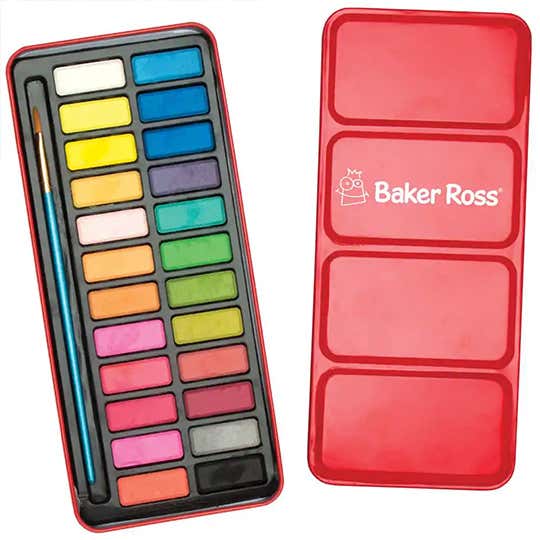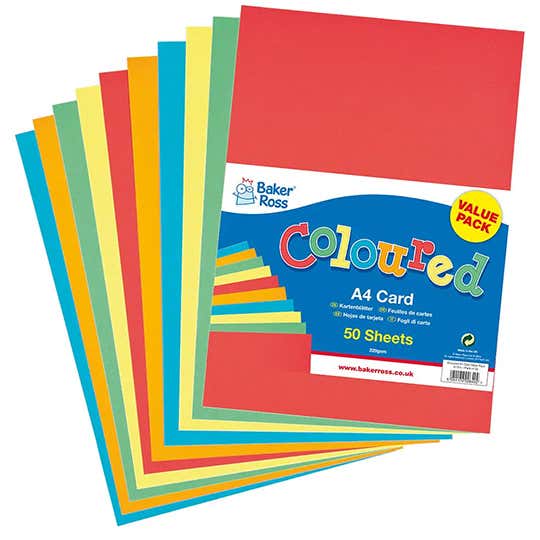
Finger Painting Techniques
Finger painting is particularly suitable for toddlers and pre-schoolers as it offers toddlers the freedom to get their fingers, hands and even feet involved! Learning through play is so effective at this age and what child doesn’t want to get messy and have fun!
On a more serious note introducing toddlers to finger touch painting will help them to develop fine motor skills, promoting better dexterity and hand-to-eye co-ordination. Over time they will also start to learn about primary colours and what happens to paint when certain colours are mixed or swirled together.


How to finger paint
Most parents start finger painting from about one year of age onwards but once your child can sit confidently in a highchair you could begin from as early as seven months or so. Each child is different but seeing older siblings having fun nearby will certainly encourage their interest. Adult supervision is advised.
Once they get used to it you could introduce related words to build their vocabulary and sensory awareness. Words like blob, splash, wiggle, splot. Mention the colours of the paint and ask them what colour they want to use next or maybe talk about the smell of the paint and what the texture feels like.
How to do finger painting for kids
First and foremost, it’s going to get a little messy but that’s just part of the fun. You can keep any mess to a minimum with just a few simple steps:
• Always wear old clothes
• Use a painting smock or wipe clean apron
• Invest in an easel or plastic tablecloth
• Only put a little paint in your tray
• Have a wet flannel nearby to wipe hands and faces
Children will love the feel of the cold paint on their hands and the sensation of squishing it between their fingers. There is also something familiar and comforting to most adults about the particular smell of children’s painting and artwork and you’ll have so much fun working and creating together.
For little ones:
A great idea to start with is making a Button Fingerprint Snail using just the tips of fingers to make the shell.
For older children:
How about painting a chick by dipping their whole hand into colourful paint. This is ideal for making cards to give to family at Easter time.
What paint do you use for finger painting?
You can use most types of paints for finger painting but acrylic paint tends to work best. It has just the right consistency to easily coat little hands or fingers, without dripping everywhere.
Acrylic paint also adheres easily to paper creating a smooth finish just right for displaying those toddler works-of-art!
Paper or card - which is best for finger painting?
Card is best as it is firmer and will stand up to the wet sticky paint better but thick non-absorbent paper works well too.
As children get older and more capable they might like to have a go at using other materials such as clay to make lovely gifts for special occasions.

Our Creative Station projects have lots of great finger painting ideas and inspiration to choose. Whatever type of finger painting you choose we hope you have lots of fun together and remember to send us a photo too.












